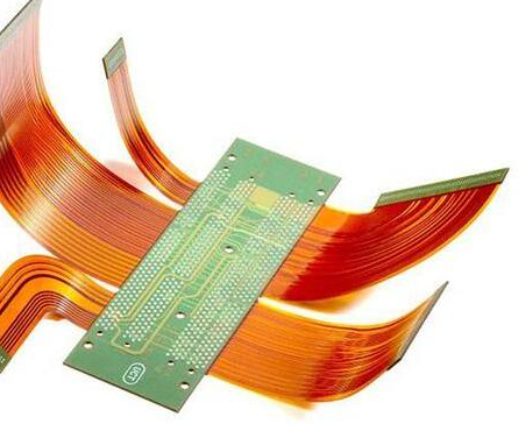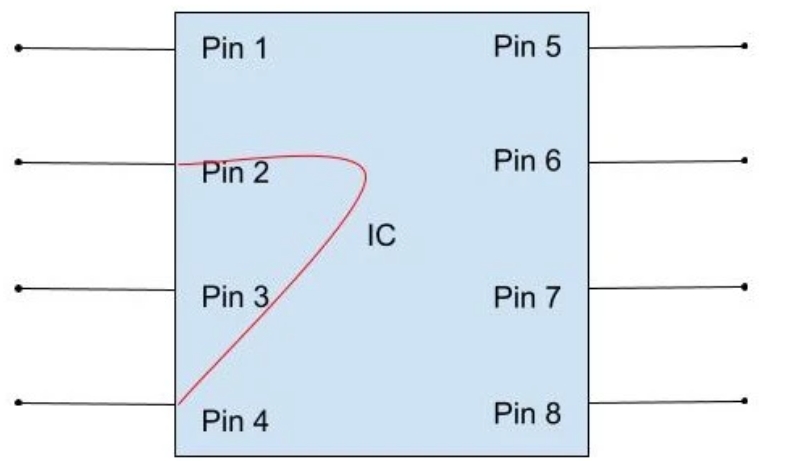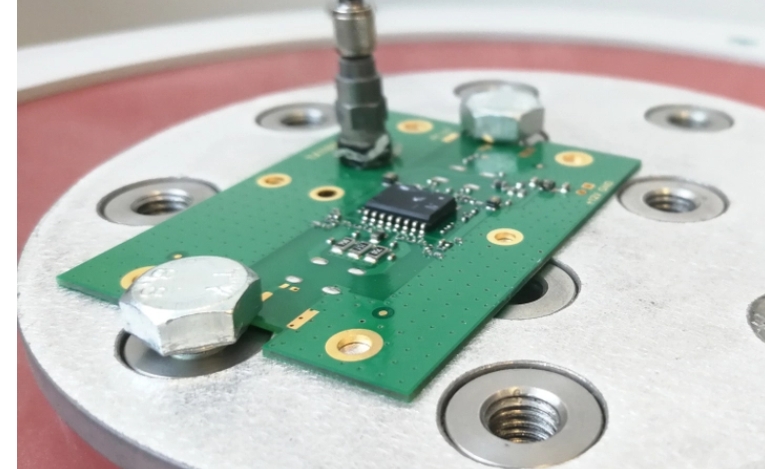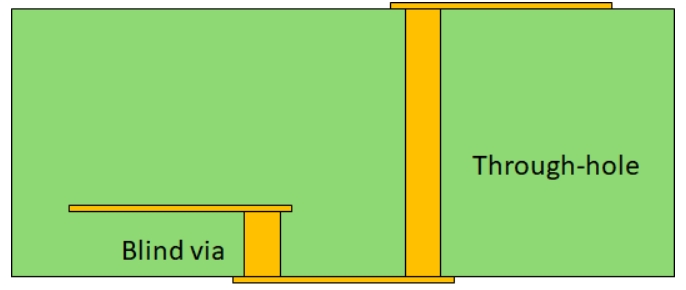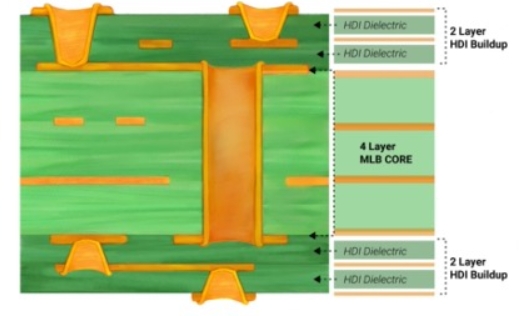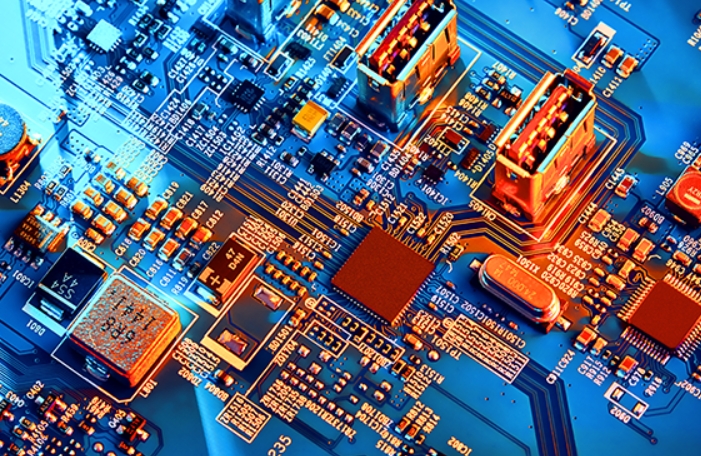Rigid-flex PCBs represent a groundbreaking advancement in electronics design, combining the best features of rigid boards and flexible circuits. By integrating high-density interconnect (HDI) technology, rigid-flex PCBs eliminate the need for traditional board-to-board connectors and simplify assembly processes. This article explores the design considerations, advantages, and applications of rigid-flex PCBs, along with strategies for optimizing their performance....
HomeCategory
PCB Manufacturing Services | High-Quality PCB & PCBA - KKPCB
Ceramics used in electronics are everywhere. For instance, ferroelectrics are used to create high-dielectric capacitors and non-volatile memory devices. Ferrites play a crucial role in storing data and information. Solid electrolytes are instrumental in the storage and conversion of energy. Piezoelectrics are essential for sonar technology, while semiconducting oxides have been pivotal in monitoring environmental...
With the growth of the semiconductor industry, the density of circuits within integrated circuits (ICs) has increased. Even with the increase in density, the number of input-output pins remains unchanged, which is one of the reasons for the increased complexity in IC packages. To ensure the reliability of ICs, IC testing is introduced at every stage of the production...
PCBs for commercial products must pass a set of reliability tests in order to prove their capabilities, which goes well beyond the standard functional testing found in many products. Functional tests are the starting point, but reliability tests are where a design is proven for operation in its intended environment. To help designers plan a...
Learn how skip vias improve HDI PCB design by reducing via stacks, lowering manufacturing costs, and enhancing reliability. Explore best practices, DFM rules, and applications in high-density PCBs.
Fabrication capacity for high density PCBs and packaging is currently increasing, especially in North America and Europe. These platforms still use standard via styles, namely through-hole vias, blind and buried vias, and core vias in HDI PCBs. But the electronics assembly and packaging world is no stranger to innovation, and there are alternative via options...
Many times we discuss complex boards with unique features and sensitive routing on this blog. But the reality is that most PCBs that are mass manufactured have lower layer counts and less complexity. 2-layer PCBs will continue to be high-volume products, and they are almost always the starting point for a new designer learning about PCB layout. In...
4-layer PCBs are the workhorses of many low-density digital and RF PCBs that still require some controlled impedance routing. 4-layer boards are also very useful for diverse power connections, and they can be used in power electronics that require many varied components and power levels. As soon as a 2-layer board becomes too dense, ground planes get...
PCBs operating at high power also tend to operate at high temperature, sometimes cycling between high and low temperatures repeatedly. Sometimes, a PCB will operate in a high ambient temperature environment, and the board needs to remove heat from components to prevent even higher temperatures from being reached in the system. Active cooling measures are...
A ceramic substrate is an insulating material that provides a stable and rigid platform for mounting electronic components and creating electrical circuits. Ceramic substrates are often used as an alternative to epoxy-based materials like FR-4 (Flame Retardant 4). FR-4 is a popular substrate material for PCBs, but ceramic substrates offer certain advantages in specific applications. Key Characteristics...

